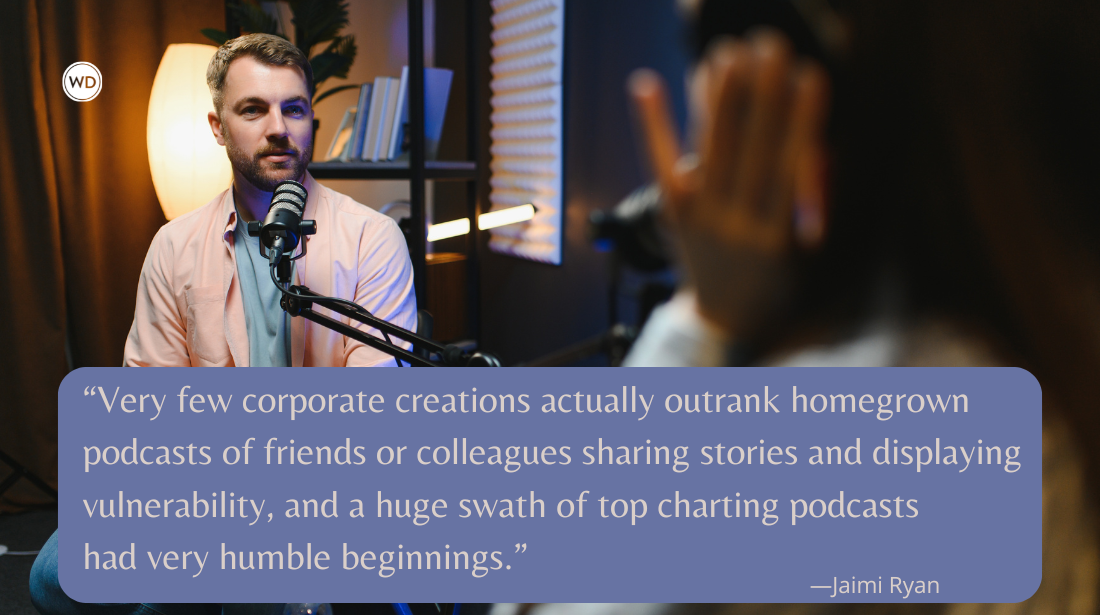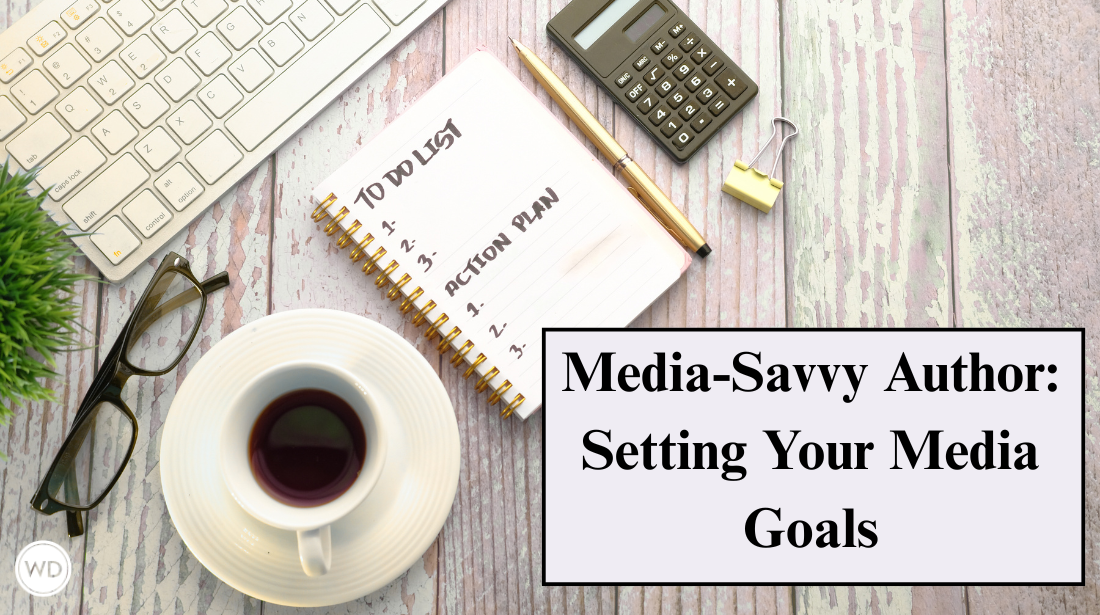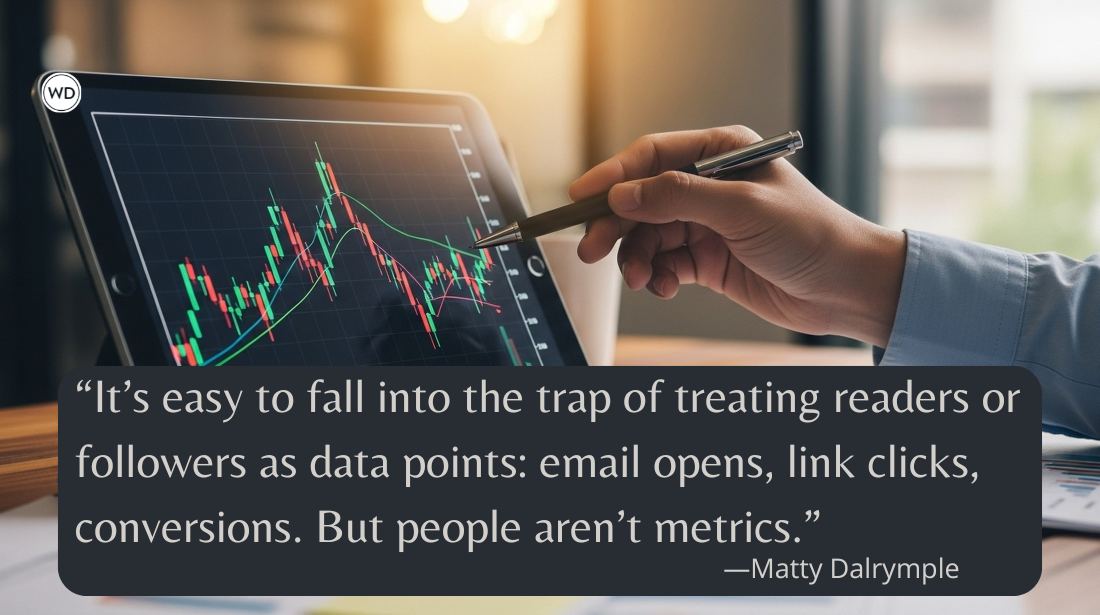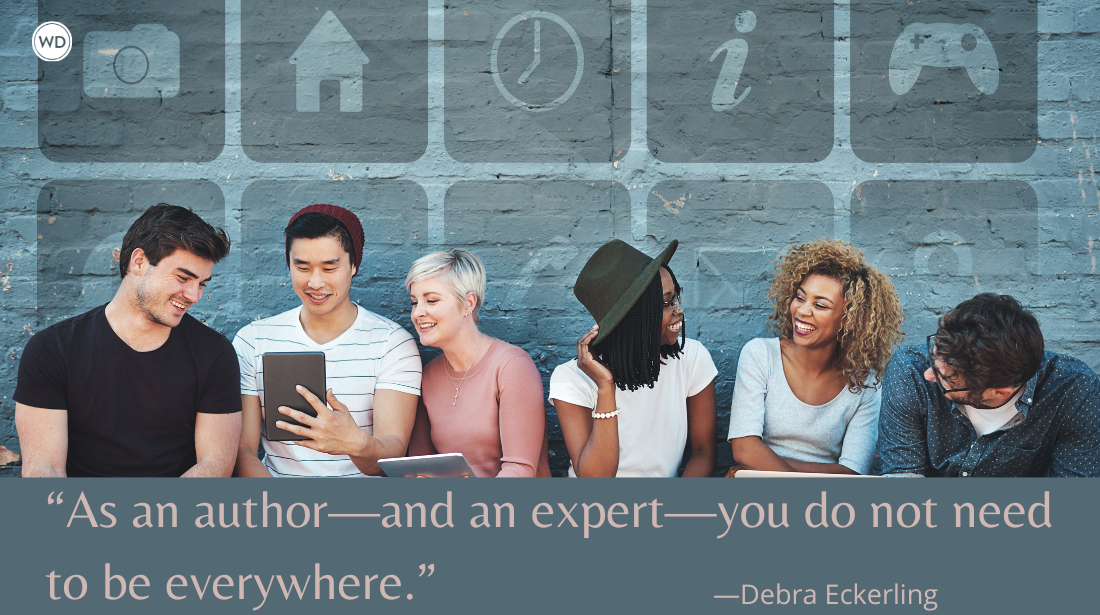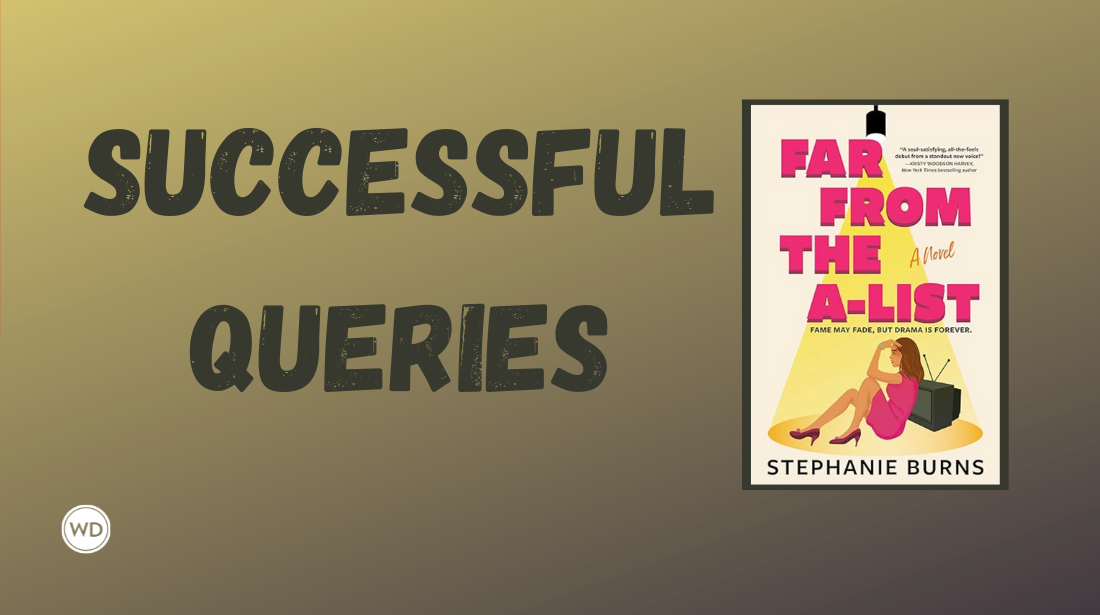The 3 Self-Publishing Paths You Should Understand
Since Monday’s post, a few writers have been informing me that self-publishing ought to be free, or close to it. To underscore their point, they point to services like Lulu…
Since Monday's post, a few writers have been informing me that self-publishing ought to be free, or close to it. To underscore their point, they point to services like Lulu (no upfront cost for uploading and selling an e-book if it's completely ready to go), or Lightning Source, which the traditional publishing industry often uses for print-on-demand books.
Yes, those are wonderful services anyone can use, and I encourage writers to look into them. They're basically turnkey services/tools. They do not assist in what is normally more confusing for the average person: creating and designing print-ready or online-ready files, and in some cases, distribution/fulfillment and eCommerce.
Here are the 3 major paths to consider.
Do It All Yourself
Upfront cost: $0 if the book is digital only; around $100 set-up fee if you contract with a print-on-demand printer like Lightning Source for physical copies, plus production/unit cost when you order physical books
You keep: All money earned off the sale of each book if you sell direct off your own website, or in-person at events
Requirements: Know how to prepare book files (cover and interior)—preferably with industry-standard programs like InDesign and Illustrator, but Word works in a pinch. Ability to create PDFs. Ability to create and re-size images.
Risks: Incorrect file formatting, poor book design (unless you contract it out), no shipping/fulfillment support for physical product, non-standard elements/layout
Who this option works best for: Writers comfortable with computers and technology; writers with an entrepreneurial spirit
Do It Yourself + Retail/Distribution Partners
Upfront cost: Same as Do It Yourself
You keep: A pre-determined percentage of the book's retail price. When a customer makes a purchase, your retail/distribution partner takes its cut before passing on the rest to you. Popular partners: Lulu, Amazon DTP, Scribd, Smashwords
Requirements: Same as above; retail/distribution partners often ask for very specific file formatting, so be prepared to adapt/edit files as needed. For print-on-demand retail partners like Lulu, there is often a set-up fee.
Risks: Sometimes it takes a long time to get paid by these retail/distribution partners. For e-books, it can be difficult to format just perfectly so that it displays correctly no matter what reading device is being used.
Who this option works best for: People who don't want to mess with e-retailing/fulfillment on their own site, and/or see a benefit to their book being distributed across the biggest online retail stores.
Before I move onto the next option, clearly you can see it's possible to self-publish for next to nothing, if you feel you don't need any assistance whatsoever.
When people do need assistance, it's usually with:
- Cover design (front/back—and spine if not digital)
- Interior design and layout
- Image preparation (resolution and reproduction quality)
- Back cover copy & other marketing copy
- Copyediting, proofreading, indexing
- ISBN / barcodes (see note below)
- Library of Congress & copyright registration
- eCommerce setup (if selling off your own site)
- Fulfillment/shipping of orders (whether digital or print)
Starting to sound like a small business, isn't it?
But these are all things you can manage on your own if you have a bit of tech savvy, and decent software. While I don't consider it rocket science, some writers would rather pay someone else to figure it out. You can pay a private consultant to help you, or you can pay a service to help you. And so we come to the 3rd path.
Pay Someone Else to Do It (e.g., Author Solutions)
Note: This route makes the most sense when you are absolutely sure you need & want physical copies of your book. Otherwise, there's not much point.
Upfront cost: Widely varies, since each service offers many packages and tiers, but anywhere from several hundred dollars to thousands. You can also buy just the services you need a la carte.
You keep: A royalty on sales. This royalty will be better than a traditional publishing deal, but much less than what you'd earn with a straight-up retail partner or turnkey service like Lulu.
Requirements: You hand over the Word document, they take care of the rest.
Risks: The more service you want, the more you pay. At its simplest level, you're paying a service to do what a traditional publisher would do, but if you want the editing and development a traditional publisher would provide, you have to pay extra for it (or have it done yourself before you approach them). They also cannot sell physical copies of your book into bricks-and-mortar bookstores, no matter how much you are willing to pay. (But your book will be available to order from any bookstore as long as it's listed in Ingram.)
As with all services you pay for, know the value of what you're paying for, and make sure you're not paying for stuff you don't need—or that you could easily manage or contract out yourself.
Who this option works best for: Low-tech writers, as well as writers who don't mind paying someone else to manage/execute the project—while giving up a chunk of future earnings should the book sell well. (Giving up future earnings can be avoided if you hire an independent publishing consultant rather than a publishing service like Author Solutions.)
A few online tools to know about
- Copyright. If you independently sell/distribute digital or physical copies of your book, here's where to register for copyright. You don't need to do this until after the book is published.
- ISBN. You can buy them here.
- Freelance designers. You can try looking at Haystack.
Here are a couple sites offering lots of good information and resources:
- Self-Publishing Review.
- Publetariat & Indie Author. These sites are both by April Hamilton, who shows you the financial breakdown of using some of the turnkey services mentioned above, and also offers technical advice on the design and preparation of files.
Also, from Writer's Digest:
- The magazine's March/April 2009 issue—with complete coverage of the self-publishing question, along with advice from readers. You can buy a digital copy of the entire issue here.
- The Complete Guide to Self-Publishing, 4th ed, by Marilyn & Tom Ross
For those who have self-published, using any of the methods above, I
hope you'll share any tips or resources that have been helpful for you in the comments.
Jane Friedman is a full-time entrepreneur (since 2014) and has 20 years of experience in the publishing industry. She is the co-founder of The Hot Sheet, the essential publishing industry newsletter for authors, and is the former publisher of Writer’s Digest. In addition to being a columnist with Publishers Weekly and a professor with The Great Courses, Jane maintains an award-winning blog for writers at JaneFriedman.com. Jane’s newest book is The Business of Being a Writer (University of Chicago Press, 2018).




